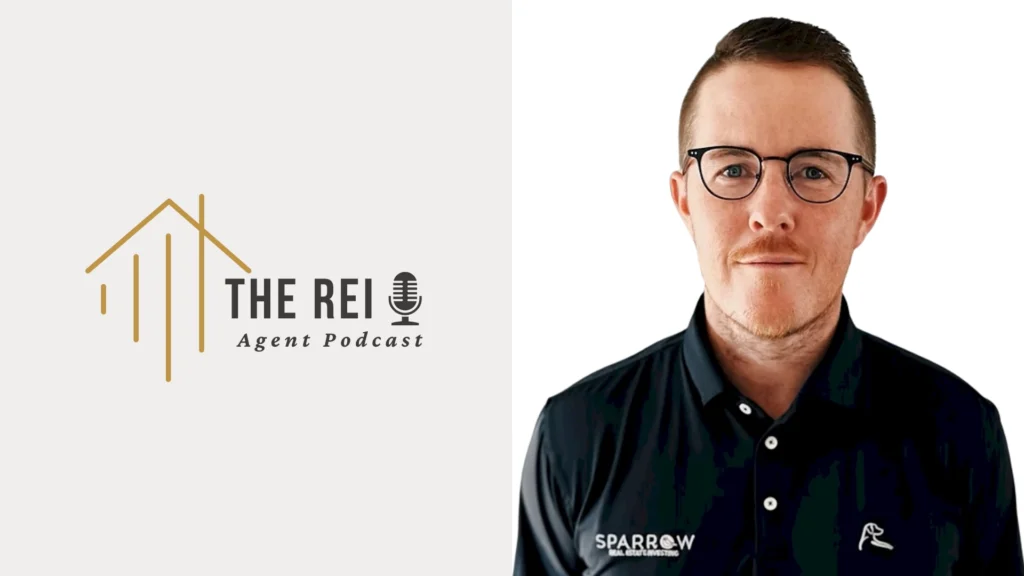Introduction: Navigating the 1031 Exchange Landscape
Imagine you're considering a 1031 exchange after hearing about a friend's successful tax deferral.
What they might not have mentioned are the strict timeline requirements that can catch you off guard, leading to potential penalties.
You'll have to identify like-kind properties within 45 days, which isn't as simple as it sounds.
Plus, there are hidden costs and fees that can chip away at the financial advantage you were hoping for.
So, before you jump into a 1031 exchange, you should explore the complexities and potential pitfalls that could impact your investment strategy.
Strict Timeline Requirements
When considering a 1031 exchange, understanding the strict timeline requirements is essential for a successful transaction. You might feel overwhelmed by the 45-day identification period and the 180-day exchange completion, but don't let these strict deadlines intimidate you.
Instead, view them as the framework that guides you toward achieving your investment goals. Embrace this challenge as an opportunity to refine your focus and stay committed to your financial aspirations.
Maneuvering through these compliance challenges doesn't have to be intimidating. Think of it as an adventure where your diligence transforms potential obstacles into stepping stones.
Remember, the assistance of qualified intermediaries can be invaluable in guaranteeing you adhere to these timelines and IRS guidelines.
Effective planning and organization are your allies here. Keep a detailed calendar, set reminders, and prioritize tasks to guarantee you meet each deadline with confidence.
It's about staying proactive and informed, so you'll be prepared for any unexpected twists along the way.
Identifying Like-Kind Properties
Although identifying like-kind properties might seem challenging at first, it's an essential step in executing a successful 1031 exchange. When you engage in this process, remember you're not alone. You're crafting a path towards financial growth by understanding property types and aligning them with your investment strategies.
Think of it as a puzzle where each piece fits perfectly with careful planning and insight.
To begin, focus on properties that are similar in nature. The term "like-kind" doesn't mean identical, but rather that the properties are of the same nature or character. For instance, you could exchange a residential property for a commercial one, as long as both are held for investment or productive use.
This flexibility allows you to tailor your investment strategies to meet your personal goals and aspirations.
Take time to explore various opportunities, and don't rush the identification process. Consider the potential of each property type and how it aligns with your long-term vision.
Your choices can pave the way to a more prosperous future, offering not just tax deferral but also the chance to elevate your investment portfolio. Embrace the journey and let it inspire you to new heights.
Impact on Future Taxes
Understanding how property choices can align with your investment strategies lays the groundwork for evaluating the impact on future taxes. When you engage in a 1031 exchange, you defer taxes, but it's vital to reflect on how these choices shape your future tax implications.
You're not just swapping properties—you're crafting a long-term investment strategy that can greatly influence your financial horizon.
Think of a 1031 exchange as planting seeds for your financial future. While it offers immediate tax benefits, it also affects how you'll handle taxes later. By deferring capital gains taxes now, you might face larger tax burdens if you sell properties without another exchange in the future.
However, if you continue exchanging properties, you could perpetually defer taxes, allowing your investments to grow and evolve.
Reflect on how each decision fits into your broader financial narrative. Are you ready to navigate these future tax implications, or would you rather cash out and pay taxes now?
Ponder your goals and how your property choices today can lead to a robust financial tomorrow. The right long-term investment strategy could mean the difference between financial freedom and unexpected tax challenges down the road.
Hidden Costs and Fees
Starting on a 1031 exchange journey can be exciting, but it's essential not to overlook the hidden costs and fees that may arise along the way. As you navigate this financial opportunity, it's vital to stay vigilant about potential unexpected expenses. These could include administrative fees, intermediary charges, and even legal costs that can sneak up on you if you're not prepared.
Imagine you're sailing smoothly, and suddenly, a storm of hidden fees appears, threatening your financial ship. But don't worry; you can steer clear with awareness and proactive planning. One key step is to thoroughly vet your qualified intermediary, as their fees can vary greatly. Sometimes, what seems like a minor charge can accumulate into a surprising expense.
Additionally, be mindful of property appraisals and inspections, which might be necessary during this process. These are often overlooked, yet they can add up quickly, causing unexpected expenses.
Common Pitfalls and Risks
When traversing through a 1031 exchange, you've got to be aware of common pitfalls and risks that can derail your investment strategy. It's essential to recognize that market fluctuations can greatly impact your decisions. The real estate market isn't static; it ebbs and flows with economic tides. If you're not vigilant, these changes can catch you off guard, affecting the value of your properties and ultimately your return on investment.
Another important pitfall is failing to meet the strict timelines set by the IRS. You've got 45 days to identify potential replacement properties and 180 days to close the deal. Missing these deadlines means losing the tax benefits of the exchange. It's like running a marathon and dropping out just before the finish line.
Moreover, not all properties qualify for a 1031 exchange. If you accidentally choose a non-qualifying property, you could face hefty tax consequences. Ensuring your chosen properties align with IRS regulations is critical to safeguard your strategy.
Stay informed, stay proactive, and remember that understanding these risks isn't just about being cautious; it's about empowering yourself to make smart, strategic decisions. Your investment future depends on it.
Conclusion
Unleash the Potential of Your Investments
Navigating a 1031 exchange might feel like a daunting challenge, but consider it an exciting adventure toward amplifying your investment growth.
Yes, there are obstacles like rigid timelines and unforeseen expenses.
However, with strategic planning and informed awareness, you can overcome these hurdles.
Visualize each phase as a foundational block for a more robust financial future.
By embracing these intricacies and staying knowledgeable, you're not just deferring taxes—you're setting the stage for enduring success and prosperity.
Now, take the plunge.
Start your journey today to unlock the full potential of your investments.





















